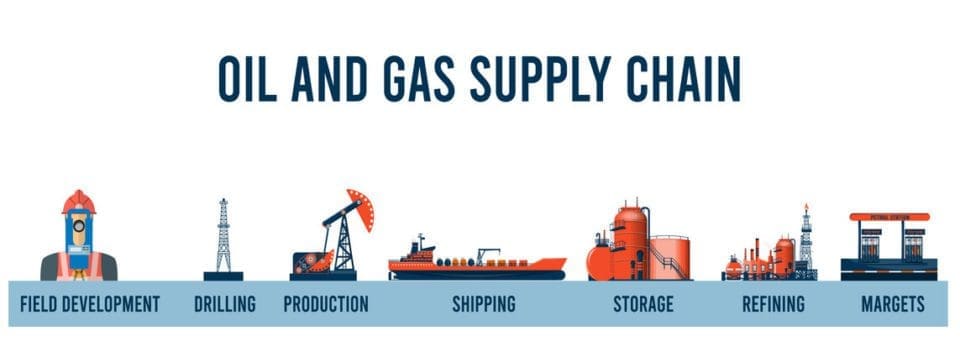A white paper is a tool to promote a product, a viewpoint or a method, and it can be an effective way to communicate the benefits of a service or product in a long-form manner. However, too many white papers are dull, dry affairs, and far too few engage their audience. How do you make your white paper stand out?
First Things First
Many white papers exist for no apparent reason. In some cases, you need to consider whether you actually need a white paper or whether a short article would be a much better option. Some white papers drag out very limited stats and figures over several thousand words and meander around the point. These would be better off being condensed into an article of 400 to 500 words rather than a long-form piece of marketing.
Prepare For In-Depth Research
A white paper should be well-researched. This may mean conducting detailed interviews with your sales team or your clients, or it may mean producing in-depth research on your target market and your target audience. In the oil and gas industry, this could range from big businesses that are likely to utilize your products to the consumer who is likely to buy and consume the final product. Facts and figures are vital, and they should form the bulk of your paper.
This means that a proper white paper is a fairly expensive affair: If you engage an external writer to produce your materials, it can cost anywhere from $1,000 to $10,000, depending on the level of research required and the level of knowledge required. Even internally, there is a significant cost to writing these papers, as it takes out part of your production team to research and write them.
Create a Story
White papers are not pure marketing. What they do is they should engage their audience by creating a story. In some cases, you’ll set up a problem, elaborate on a solution and create use examples at the end. A good sense of flow is crucial, and it helps convert your audience from skeptical readers to converted prospects — hopefully.
Even more important is that your white paper covers useful, actionable information. It’s not enough to say you have the best product — how does it solve a problem, and what concrete examples can you give of it solving those problems. You also need to keep it relevant to the verticals that you are targeting. This may mean having different forms of white paper for different verticals.
Infographics Are Crucial
Infographics are an essential part of white papers, as they allow complex information to be easily digested by a wider audience. You can hire a graphic designer to create custom designs, but you can also find useful and engaging infographics templates on Venngage and Canva. These also can be presented as stand-alone content for quick reference, providing they are sufficiently well designed. Remember to follow corporate colors, and ensure that the information is not too dense.
Keep it Mobile
Good design means responding to the device that people are likely to be viewing it on. A white paper that cannot be viewed easily on mobile or tablet (looking at you, PDFs) is likely to lose a substantial portion of its audience. Opt for formats that are mobile responsive, preferably web-based interactive formats.
While this advice is useful for any white paper, the oil and gas industry particularly benefits, as it can promote its viewpoints and focus on those who are more likely to view this industry as hostile to their interests: Generation Z and Millennials.
Ultimately, bringing your oil and gas white paper to life is about investing in good design, useful information and in good writing.
Oil and gas operations are commonly found in remote locations far from company headquarters. Now, it's possible to monitor pump operations, collate and analyze seismic data, and track employees around the world from almost anywhere. Whether employees are in the office or in the field, the internet and related applications enable a greater multidirectional flow of information – and control – than ever before.



![Why Enhanced Geothermal Energy Could Be Your Next Smart Investment [2025 Guide]](https://b1006343.smushcdn.com/1006343/wp-content/uploads/2025/06/Why-Enhanced-Geothermal-Energy-Could-Be-Your-Next-Smart-Investment-2025-Guide-500x280.jpg?lossy=2&strip=1&webp=1)





